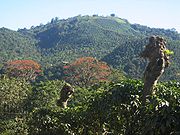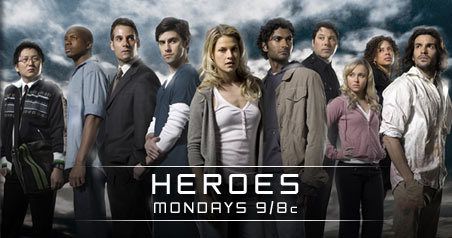Cigarettes & Tobacco
 A cigarette is a product consumed via smoking and manufactured out of cured and finely cut tobacco leaves, which are combined with other additives, then rolled or stuffed into a paper-wrapped cylinder (generally less than 120 mm in length and 10 mm in diameter). The cigarette is ignited at one end and allowed to smoulder for the purpose of inhalation of its smoke from the other (usually filtered) end, which is usually inserted in the mouth. They are sometimes smoked with a cigarette holder. The term cigarette, as commonly used, refers to a tobacco cigarette but can apply to similar devices containing other herbs, such as cannabis. They are colloquially known as 'cigs', 'smokes', 'ciggies', 'cancer sticks', 'death sticks', 'coffin nails' and 'fags'.[citation needed]
A cigarette is a product consumed via smoking and manufactured out of cured and finely cut tobacco leaves, which are combined with other additives, then rolled or stuffed into a paper-wrapped cylinder (generally less than 120 mm in length and 10 mm in diameter). The cigarette is ignited at one end and allowed to smoulder for the purpose of inhalation of its smoke from the other (usually filtered) end, which is usually inserted in the mouth. They are sometimes smoked with a cigarette holder. The term cigarette, as commonly used, refers to a tobacco cigarette but can apply to similar devices containing other herbs, such as cannabis. They are colloquially known as 'cigs', 'smokes', 'ciggies', 'cancer sticks', 'death sticks', 'coffin nails' and 'fags'.[citation needed]
Cigarettes are proven to be highly addictive, as well as a cause of multiple types of cancer, heart disease, respiratory disease, circulatory disease and birth defects.[1][2]
A cigarette is distinguished from a cigar by its smaller size, use of processed leaf, and white paper wrapping. Cigars are typically composed entirely of whole leaf tobacco.
Tobacco

Tobacco is an agricultural product processed from the fresh leaves of plants in genus Nicotiana. Tobacco has a long history of use in Native American culture and played an important part in the foundation of the United States of America going back as far as the Colonists. Tobacco is commercially available in dried and cured forms and is often smoked (see tobacco smoking) in the form of a cigar or cigarette, or in a smoking pipe (tobacco), or in a water pipe or a hookah. Tobacco can also be chewed, "dipped" (placed between the cheek and gum), or sniffed into the nose as finely powdered snuff. Many countries have set a smoking age at which people can legally buy tobacco products.
All means of consuming tobacco result in the absorption of nicotine in varying amounts into the user's bloodstream, and over time the development of tolerance and dependence. Absorption quantity, frequency and speed seem to have a direct relationship with how strong a dependence and tolerance, if any, might be created. A lethal dose of nicotine is contained in as little as one half of a cigar or three cigarettes; however, only a small fraction of the nicotine contained in these products is actually released into the smoke, and most clinically significant cases of nicotine poisoning are the result of concentrated forms of the compound used as insecticides. It is important to note, however, that death can result if a small child ingests an amount as small as a cigarette (not including filter).[citation needed] Other active alkaloids in tobacco include harmala alkaloids.
Long term tobacco use carries significant risks of developing various cancers as well as strokes, and severe cardiovascular and respiratory diseases.[1] Significantly shorter life expectancies have been associated with tobacco smoking.[2] It has been shown that tobacco may cause lasting brain changes just like morphine or cocaine.[3] Many jurisdictions have enacted smoking bans in effort to minimize possible damage to public health caused by tobacco smoking. The substantially increased risk of developing cancer as a result of tobacco usage seems to be due to the plethora of nitrosamines and other carcinogenic compounds found in tobacco and its residue as a result of anaerobic heating, either due to smoking or to flue-curing or fire-curing. The use of flue-cured or fire-cured smokeless tobacco in lieu of smoked tobacco reduces the risk of respiratory cancers but still carries significant risk of oral cancer.[4]
Tobacco leaves contain naturally occurring radium and polonium that is at a radioactivity level a thousand times more than leaves analysed near the Chernobyl nuclear accident site. Many scientists believe that this radioactive content is a major cause of cancer deaths in smokers.[5] and In contrast, use of steam-cured chewing tobacco (snus), avoids the carcinogenicity by not generating nitrosamines, but the negative effects of the nicotine on the cardiovascular systempancreas are not ameliorated.[6] Approximately 440,000 people die every year in the United States from tobacco,[citation needed] and also an alleged 3000 die every year from second-hand smoke,[citation needed] and 1000 unborn children die every year as of tobacco smoking mothers, in addition to those born live yet with defects
















